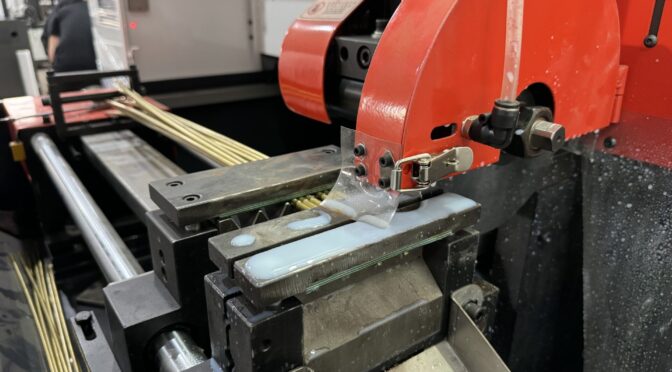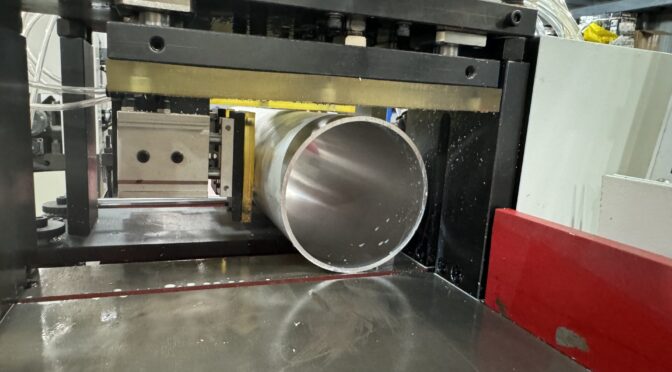Title
As an industrial machine widely used in production, a pipe cutting machine can improve cutting efficiency and precision. However, improper operation may lead to accidents. Therefore, it is crucial to master the safety procedures for operating a pipe cutting machine. Below is a detailed explanation of how to operate a pipe cutting machine safely:
♠Preparations Before Operation
1.Familiarize with the Equipment Structure and Performance
Operators must be familiar with the structure, performance, and working principle of the pipe cutting machine and carefully read the equipment’s instruction manual.
2.Inspect the Equipment Condition
Before use, check whether the cutting tool is sharp, the fixture is secure, and the power cord is damaged. Ensure the equipment is in reliable working condition.
3.Wear Protective Gear
Operators must wear a safety helmet, protective glasses, gloves, and other protective equipment to avoid injuries caused by fragments or splashes during the cutting process.
4.Clean the Working Environment
Ensure the working area is dry and well-ventilated, with no debris on the floor, to prevent accidents caused by environmental issues.
♣Precautions During Operation
1.Secure the Pipe
Firmly clamp the pipe to be cut on the worktable to ensure it does not move or loosen during the cutting process.
2.Adjust Cutting Parameters
Set appropriate cutting speed, angle, and depth according to the material and requirements of the pipe to avoid uneven cutting or equipment damage due to improper parameter settings.
- Maintain a Safe Distance
Keep hands and head away from the cutting area during the process to avoid injuries caused by fragment splashes or tool damage.
4.Avoid Misoperation
Do not adjust the tool or change cutting parameters arbitrarily while the equipment is running to prevent equipment failure.
5.Monitor Equipment Abnormalities
If abnormal sounds, vibrations, or odors are detected during operation, stop the machine immediately for inspection. Resume operation only after the fault is resolved.
♥Cleaning and Maintenance After Operation
1.Clean Metal Shavings
After cutting is complete, use a hook to remove metal shavings. Avoid direct contact with tools or shavings with your hands to prevent cuts.
2.Power Off and Maintain
Turn off the equipment power, clean the working area, and inspect tool wear. Replace damaged parts promptly.
3.Record and Archive
Document the usage and maintenance of the equipment for future reference and management.
♦Summary
Safe operation of a pipe cutting machine is essential for ensuring the safety of personnel and equipment. By familiarizing with the equipment structure, making adequate preparations before operation, strictly adhering to operational procedures, and properly cleaning and maintaining the equipment after use, potential accidents can be effectively prevented. Regular maintenance and inspection of the equipment can also extend its service life and improve work efficiency.



